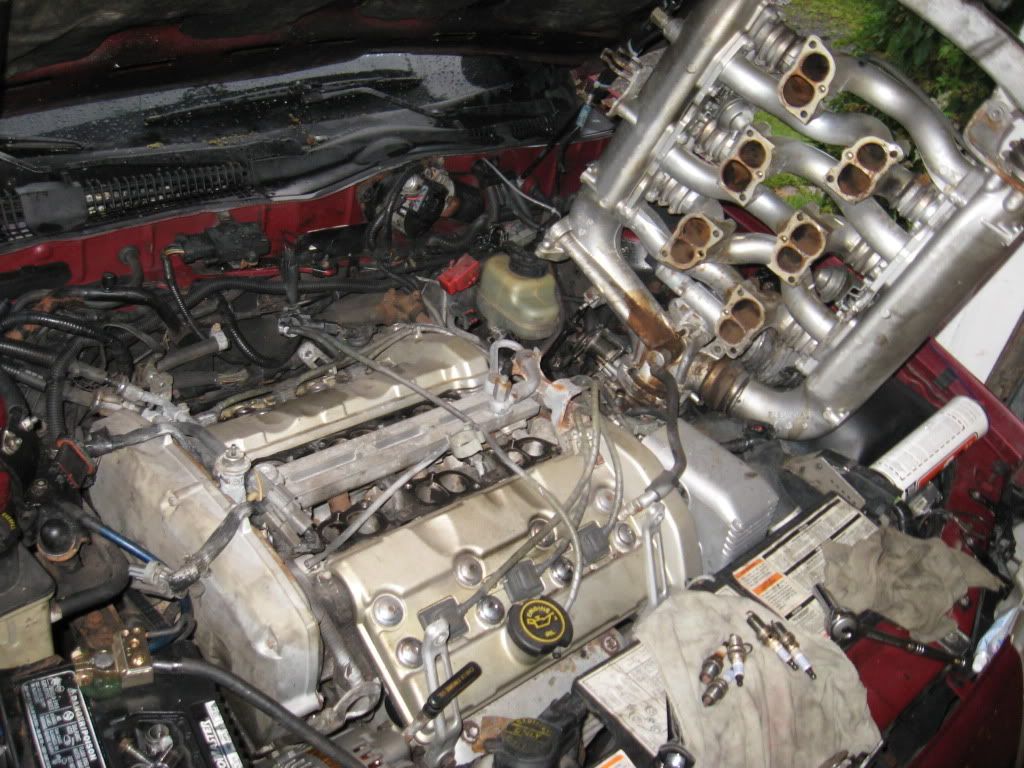As you can see in these pictures, Ford (with the help of Yamaha) produced this intake manifold where each cylinder has 2 intake runners of different length.
Engine info: 1989 to 1995 Ford SHO engine, 3.0L
What is the advantage? Do any other engines do this? Is there a valve enabling and disabling half of the runners? Is each runner routed to a single intake valve, and if so are the intake valves of same size, orientation, and function?


Thanks in advance!
Engine info: 1989 to 1995 Ford SHO engine, 3.0L
What is the advantage? Do any other engines do this? Is there a valve enabling and disabling half of the runners? Is each runner routed to a single intake valve, and if so are the intake valves of same size, orientation, and function?


Thanks in advance!

